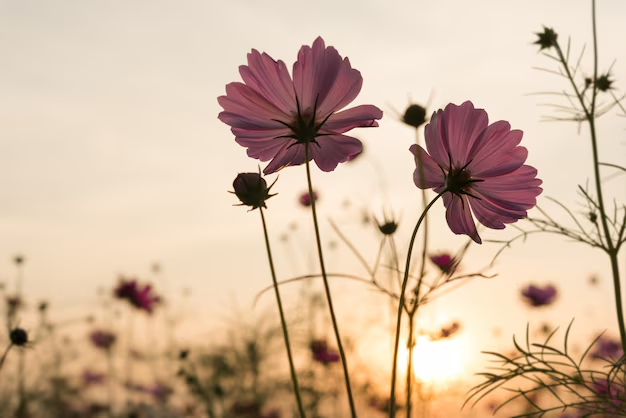Introduction
Wildflowers are beautiful plants that grow naturally in the wild. They add color and beauty to our environment and support local wildlife. Many wildflowers native to the USA are easy to grow and can thrive in various conditions. This guide will help you learn about some popular native wildflowers and provide tips on how to grow them successfully.
What Are Native Wildflowers?
Native wildflowers are plants that naturally grow in a specific area without human help. In the USA, these plants have adapted to local climates and soil types. They provide essential habitats and food for pollinators like bees, butterflies, and birds.
Why Grow Native Wildflowers?
Growing native wildflowers has many benefits:
- Support Local Wildlife: They attract beneficial insects and birds.
- Low Maintenance: Native plants usually need less water and care.
- Improve Soil Health: Their deep roots help prevent erosion and improve soil quality.
- Preserve Biodiversity: They help maintain the balance of local ecosystems.
Popular Native Wildflowers in the USA
Here are some well-known native wildflowers you might want to grow:
1. Black-eyed Susan (Rudbeckia hirta)
- Description: Bright yellow petals with a dark center.
- Growing Conditions: Full sun, well-drained soil.
- Bloom Time: Summer to early fall.
2. Purple Coneflower (Echinacea purpurea)
- Description: Pink to purple petals with a spiky center.
- Growing Conditions: Full sun, drought-tolerant once established.
- Bloom Time: Summer.
3. Wild Bergamot (Monarda fistulosa)
- Description: Lavender flowers with a minty fragrance.
- Growing Conditions: Full sun to partial shade, moist soil.
- Bloom Time: Summer.
4. Butterfly Weed (Asclepias tuberosa)
- Description: Bright orange flowers that attract butterflies.
- Growing Conditions: Full sun, well-drained soil.
- Bloom Time: Late spring to summer.
5. Prairie Dropseed (Sporobolus heterolepis)
- Description: Graceful grass with fine texture.
- Growing Conditions: Full sun, dry to average soil.
- Bloom Time: Late summer.
How to Grow Native Wildflowers
Growing native wildflowers can be simple and rewarding. Here are some steps to help you get started:
1. Choose the Right Location
Select a sunny spot in your yard that has good drainage. Most wildflowers prefer full sun, so pick a place that gets at least 6 hours of sunlight a day.
2. Prepare the Soil
Native wildflowers can grow in various soils, but they thrive in well-drained soil. Remove any weeds and break up the soil with a shovel or tiller. You can mix in some compost to improve soil health.
3. Plant the Seeds
Follow the seed packet instructions for planting depth and spacing. Generally, plant seeds about 1/4 to 1/2 inch deep and space them according to the recommendations. If you’re using young plants, space them based on their size.
4. Water Wisely
Water the area gently after planting. Keep the soil moist but not soaked until the seeds germinate. Once the plants are established, they usually require less water.
5. Mulch
Adding a layer of mulch can help retain moisture, suppress weeds, and improve soil quality as it breaks down. Use organic materials like shredded bark or straw.
6. Care for Your Wildflowers
- Weed Control: Regularly check for weeds and remove them by hand or with a hoe.
- Watering: Water during dry spells, especially for young plants.
- Fertilizing: Native wildflowers often don’t need extra fertilizers. If you choose to fertilize, use a low-nitrogen option.
Conclusion
Growing native wildflowers is a wonderful way to beautify your yard while supporting local wildlife and improving the environment. With their low maintenance needs and adaptability, they are perfect for anyone looking to create a natural garden. By choosing the right plants and following simple care tips, you can enjoy vibrant blooms and help protect our native ecosystems. Start your wildflower garden today and see the positive impact you can make!
